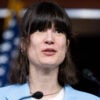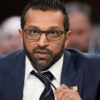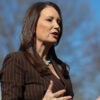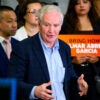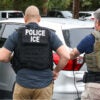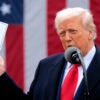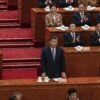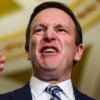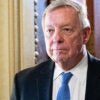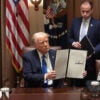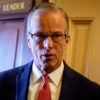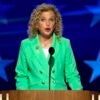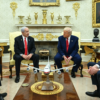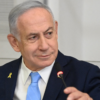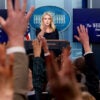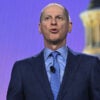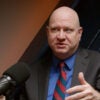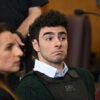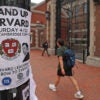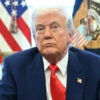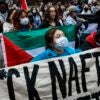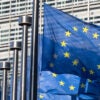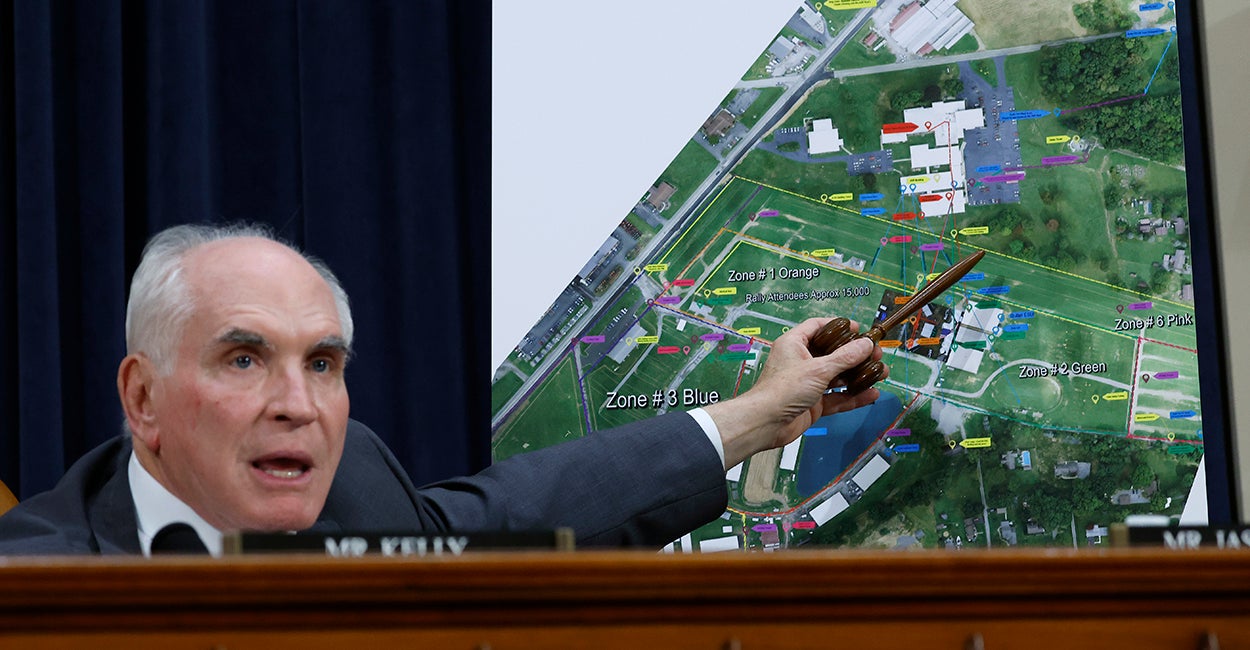Local law enforcement officials from Pennsylvania told a House panel Thursday that they got little guidance on security at the rally site where former President Donald Trump was shot in July—and a former Secret Service agent said the lack of planning was highly unusual.
Chairman Mike Kelly, R-Pa., opened the first hearing of the House Task Force on the Attempted Assassination of Donald J. Trump by blaming the Secret Service for an “entirely preventable” tragedy at the campaign rally in Butler, Pennsylvania.
Kelly said the task force’s investigation identified three key factors to the security failures that could have left Trump dead rather than clipped by a bullet in the right ear.
The Daily Signal depends on the support of readers like you. Donate now
“First, Secret Service planning, or perhaps more accurately, their failure to adequately plan, created confusion among the agency’s law enforcement partners,” Kelly said.
“Secondly, the Secret Service did not close down public access or manage access to the grounds next to the rally’s site that were less than 150 yards from the stage where former President Trump spoke,” the Pennsylvania Republican said.
“Third, the security communication and command structure were not cohesive,” Kelly said. “It did not allow for rapid decision making. Information in a moment of crisis went through radio communications, text messages, and phone calls way too slowly. Secondhand reports were passed in a manner resembling the old children’s game ‘Telephone.’”
The House task force on the Trump assassination attempt held the hearing a day after the Senate Homeland Security Committee released a report that criticized the Secret Service for having had multiple chances to prevent the shooting while asserting the agency should have more funding and resources.
Also Thursday, the Trump campaign announced it would return for a rally at the same location in Butler on Oct. 5.
At the first rally July 13, one attendee was shot and killed by the 20-year-old would-be assassin and two others in the audience were wounded. Law enforcement shot and killed the shooter.
After another would-be assassin was stopped from shooting Trump in West Palm Beach, Florida, on Sept. 15, House Speaker Mike Johnson, R-La., announced that the task force would investigate security failures before both attempts to kill the former president.
The Secret Service didn’t ask local law enforcement in Butler for a sniper team on the roof of the AGR building where the shooter fired at Trump, testified Adams Township Police Sgt. Edward Lenz, commander of Butler County Emergency Services Unit.
“We provided a total manpower of 44 persons, exceeding the number requested by the Secret Service,” Lenz told the House panel. “At no point during the planning process was Butler County ESU asked to deploy a sniper team to the roof of the AGR complex, nor the perimeter surrounding that area. At no point during the planning process was Butler ESU asked to deploy its sniper team to the roof of the AGR complex. And at no point in our operations plan did we ever say that we would deploy a sniper team to the roof of the AGR complex.”
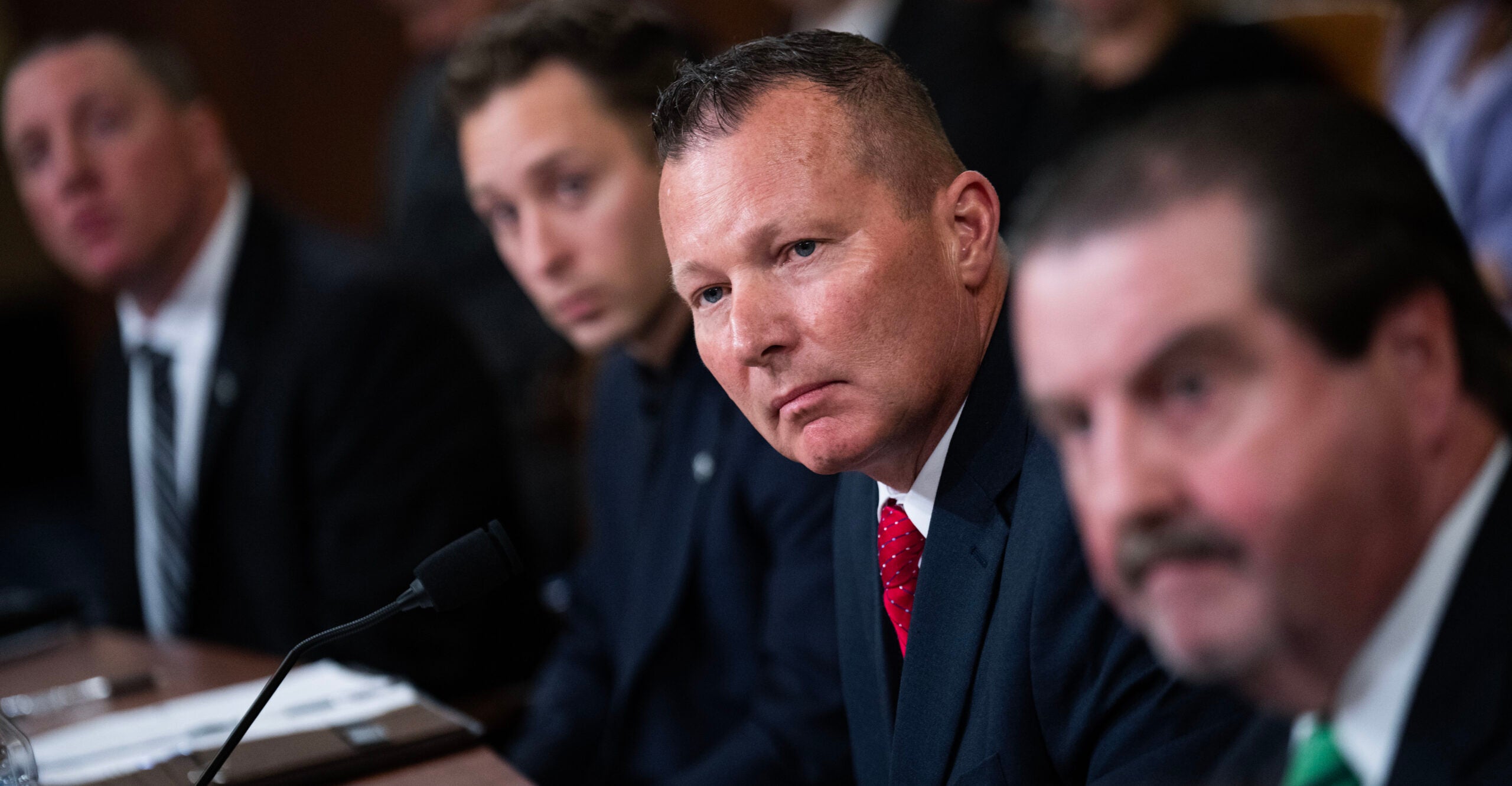
Lenz also told the House task force that the Secret Service and local law enforcement didn’t have radio traffic with one another.
Rep. Michael Waltz, R-Fla., later pressed Lenz on the lack of security at the AGR building, where the shooter fired upon Trump.
Lenz replied: “There was no guidance as far as where they wanted us to be, aside from what those specific duties would be. … They knew what our plan was. They never requested a formal copy of our plan.”
Waltz followed by asking: “This is all verbal, and you never got any written guidance of how many assets to put where?”
Lenz answered: “Correct.”
Waltz questioned another witness, former Secret Service agent Patrick Sullivan, who was assigned to protective details for Presidents Ronald Reagan and George H.W. Bush.
“Mr. Sullivan,” Waltz asked, “should that guidance have been provided?”
Sullivan replied: “Absolutely.”
Rep. Luis Correa, D-Calif., asked Sullivan: “What went wrong? Who is in charge?”
Sullivan replied: “What went wrong is there was a breakdown.”
“The [Secret Service] side agent reports to the lead agent. The lead agent, he or she, is responsible for the entire advance package. Then that is presented to the field office supervisor and the detail supervisor,” Sullivan elaborated.
Correa asked: “Is there somebody there that has the authority to tell all three elements, ‘This is not good, let’s move on?’”
“The side agent and the lead agent, before the protectee gets there, could call ahead and say, ‘It’s not safe, do not let the protectee arrive,’” Sullivan replied. “Once the protectee is there, if there is an issue, any agent [could flag a problem].”
Correa then asked: “Did that person in charge also review all of the communication and say, this is not working?”
Sullivan said that would normally be the lead Secret Service agent’s responsibility.
“I don’t want to specifically say the lead agent. But in my opinion, it was probably the lead agent’s responsibility to ensure the overall communication for the entire visit was appropriate,” Sullivan said.
Correa asked, “And that was not the case?”
“Apparently not,” Sullivan replied.
Rep. Mark Green, R-Tenn., a task force member who also chairs the House Homeland Security Committee, asked Lenz whether the Secret Service checked to ensure local law enforcement was in the right place for the July 13 campaign rally in Butler.
“The U.S. Secret Service is about to put security around a [former] president with a lot of people and a lot of risk, with a heightened risk from an international threat. And they didn’t even check with you to make sure your guys were in place and ready to go?” Green asked.
Lenz replied: “Correct. Not with me.”
Green said, “I find that unbelievable.”
Another panel of witnesses included two House members, Reps. Eli Crane, R-Ariz., and Cory Mills, R-Fla., both military veterans, who took questions from the task force.
Mills said the task force should look closely at Iran, where the Islamist government has called for Trump’s assassination.
“We also have to start looking at the adversarial challenges when it comes to Iran, who has, you know, the ayatollah himself just posted a video that was alluding to the fact that he wants to try another assassination, saying revenge is imminent,” Mills said, apparently referring to Iran’s “supreme leader,” Ayatollah Ali Hosseini Khamenei.
Crane brought up a video that raised the prospect of a second shooter at the Pennsylvania rally. He suggested the task force shouldn’t be afraid to investigate this and other related matters.
“Far too often, especially as representatives, we are scared that if we investigate something that others say might be conspiratorial then that might defame us or give us a lack of credibility,” Crane said. “But I think any investigation out there that’s worth its salt will look at any theory and try to disprove or debunk it or see if it holds water.”



